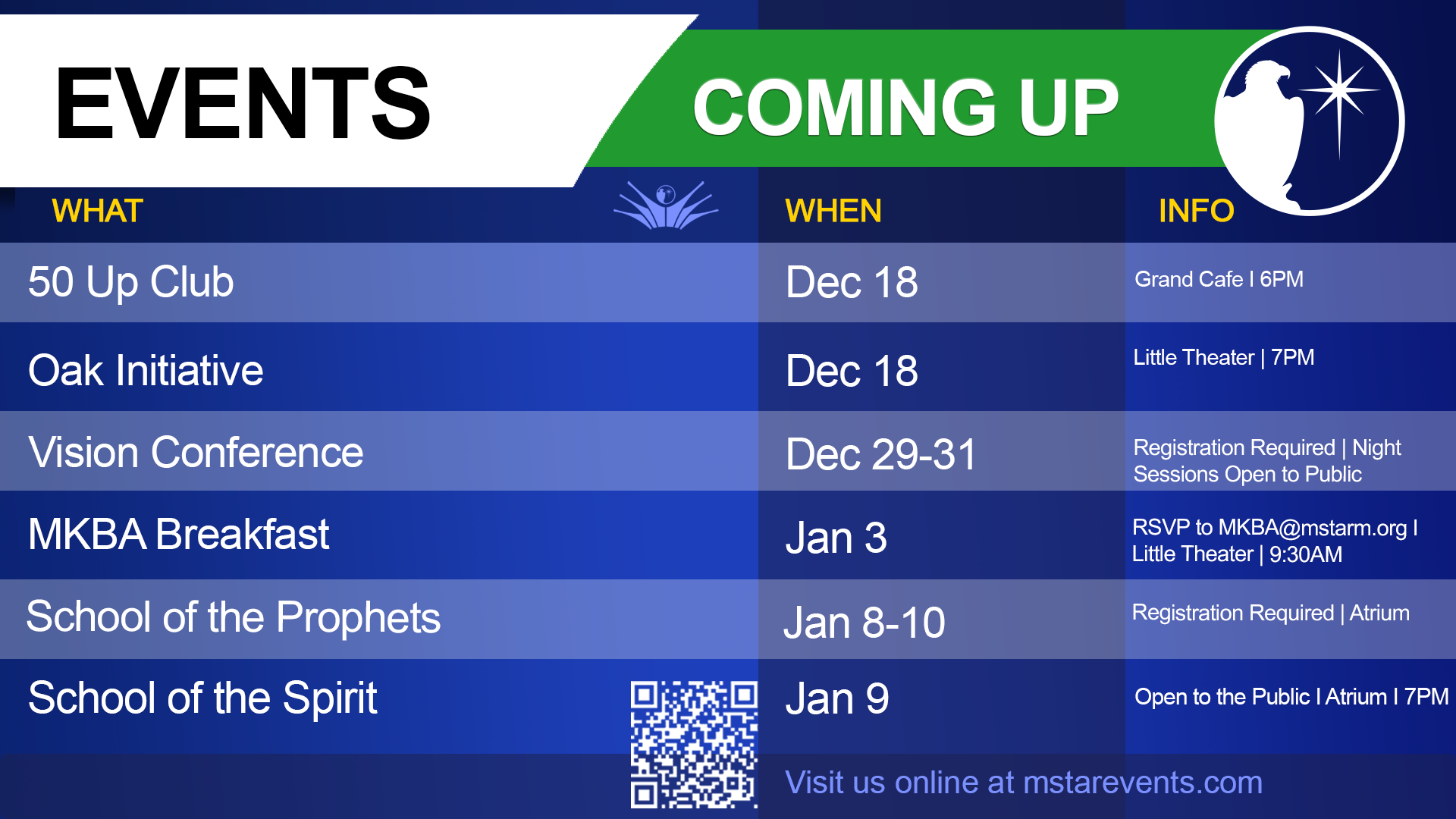One goal I have for my writings is to take what I acquired from many hours, sometimes years, of study and condense it for those without the time for such research. Even so, knowing and appreciating that many like to go deeper with their own research, I would like to briefly share some great sources for studying Revelation.
The “Early Church Fathers” is a title given to the leaders of the Christian church before the Council of Nicaea, which took place early in the fourth century. Many of the Early Church Fathers’ writings are still available. As several were the direct disciples of the twelve disciples of the Lord, we know they had some of the best teachers. Irenaeus was a direct disciple of Peter, and Irenaeus was a teacher of Victorinus, Bishop of Pettau. Victorinus’ writings on Revelation are some of the earliest available today. He asserted that the seven churches in Revelation “are meant to comprise all the churches in the world (age): that is the church Catholic (universal) of all ages.” It is in this light that we will also study them here.
Victorinus wrote that the Apostle Paul was the first to teach that seven churches would span this age. He said that this is why Paul wrote his epistles to seven churches, although they were not the same ones the Lord addressed in Revelation. Tichaenius taught the same thing in the fourth century, and also Arethas of Cappadocia, Primasius of Adrumetum, Vitringa, and later Mede, More, Girdlestone, and a large body of other early teachers.
The great physicist Newton also held this view of the seven churches in Revelation as a prophetic picture of the entire church age. Although a remarkable scientist and mathematician, his greatest passion was to understand biblical prophecy, especially the Book of Revelation. Newton was also a believer in “the Bible code” that many rabbis believed to be in the Scriptures.
The belief that the seven churches addressed in Revelation represent the whole church age is based on seven as the number for “completion” or “whole” in Scripture. It is apparent that the message the Lord conveyed was more than these seven literal churches, many of which did not continue to exist after John received the revelation. They were used as code for the prophecy given to the universal church.
As is typical with biblical prophecy, each church represented a period that would unfold in history. However, these time periods were not consistent or uniform. Some were just a couple of centuries in length and some much longer. A key to seeing these successive ages is to see what happened in a particular period that brought universal change to the church. Also, as with other times in biblical prophecy, these periods sometimes overlapped. There is not always a distinct point at which the change takes place.
Another point some biblical scholars considered is that Jerusalem, Antioch, Constantinople, and Rome, the most important churches that gave definition to Christianity, are not mentioned in Revelation. The churches addressed were chosen because of their prophetic significance. As mentioned, although seven literal churches existed when John received the revelation, most were small and seemingly insignificant. Yet they each made a remarkable contribution to the church universal because of how they were used. This should give us the understanding that the Lord loves to use the small, seemingly insignificant person, movement, or church to do great things. So we should treat all as significant, whether they are used this way or not.
I have spent over forty years interfacing with many different churches and movements and have come to believe that many, if not most, new churches pass through the phases represented by the seven churches in Revelation. I have also watched individuals traverse through the same phases as they mature in the Lord. As is often true with Scripture, this pattern can be applied on any level.
As we continue this study, consider how these words and the transitions between the churches may apply to you, your church, or others you know. These messages to the churches are intended to be practical to help us on our journey to be and do what the Lord has called us to.



